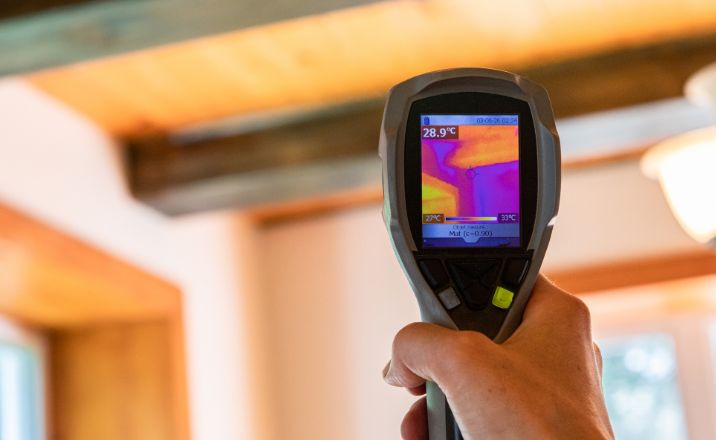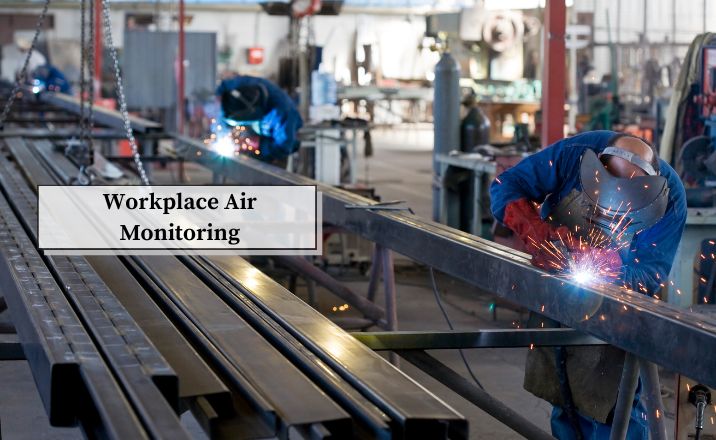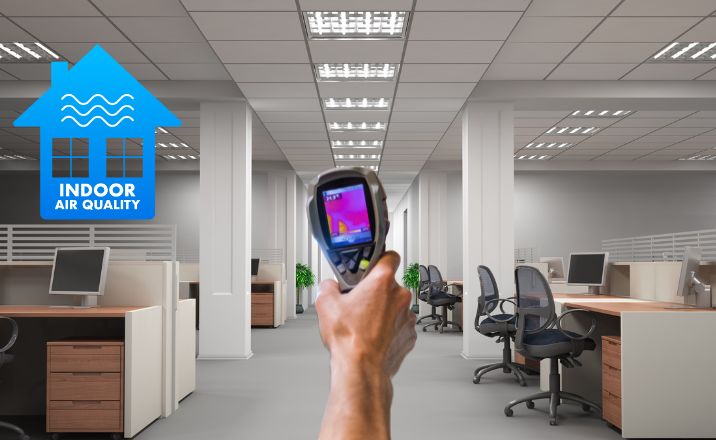Revealing the Essential Science of Environmental Monitoring & Testing

Environment monitoring plays a critical role in detecting and managing pollution from human activities. It explains how pollutants like chemicals and waste harm the environment and how international regulations like RoHS, WEEE, and REACH help control them. Accurate sampling and analysis are vital for reliable results, enabling industries to adjust processes to reduce pollution. Environment monitoring ensures effective management of pollutants, safeguarding the environment for future generations.
The Impact of Evolution on the Environment
We are all shaped by evolution, and so is the environment we live in. Over time, human activities have introduced various contaminants into the environment, polluting it and causing harm to living organisms. This pollution raises essential questions: Which contaminants are harmful, and at what concentrations? What are their chemical structures? How can we detect if they are present in the environment? Can we prevent these pollutants from being introduced in the first place? To answer these questions, environment monitoring becomes vital as it helps track pollutants and their impact. Chemistry, in particular, plays a critical role in understanding pollution and finding ways to prevent it.
Sources of Environmental Pollution
Pollution can come from many different sources and affect both air and water. It may be caused by chemicals, gases, industrial waste, solid materials, and even radioactive substances. While local governments set regulations on how these pollutants can be released into the environment, the problem is becoming more global, requiring international regulations like RoHS, WEEE, and REACH. WEEE and RoHS compliance encourage the design of electronics that are safer for the environment and easier to recycle, reducing the number of hazardous chemicals used in their manufacturing. Similarly, REACH regulates the handling and use of chemical substances, even if they are not classified as dangerous. Effective environment Monitoring is essential for ensuring compliance with these regulations and for protecting the environment.
The Importance of Environment Monitoring
Environment monitoring involves two key processes: sampling pollutants and analyzing them. To ensure accurate results, proper sampling techniques must be followed, including selecting the right sampling location, using appropriate equipment, and storing the samples correctly before analysis. A mistake at any point in the process can lead to inaccurate results and, therefore, misleading conclusions. Choosing the right analytical method is equally important. The method should be able to detect the target pollutants, even when mixed with other substances, and avoid interference from other materials. This makes environment monitoring crucial for reliable pollution assessment and prevention.
Want to ensure your environmental monitoring processes are accurate and efficient? Contact us today for expert advice and solutions!
Managing Pollution and Reducing Harm
Once pollutants are identified through environmental monitoring, effective management strategies can be implemented. Pollution management starts with understanding what causes the contamination and how it can be reduced or prevented. In some cases, chemical reactions that create pollutants can be modified to avoid producing harmful byproducts. If the creation of pollutants is unavoidable, they should be treated and transformed into less harmful or non-toxic substances before being released into the environment. Environmental monitoring helps track pollutants, allowing industries and governments to take action to minimize environmental harm.
Ready to implement advanced environmental monitoring in your processes? Reach out to us to explore solutions that will safeguard your environment.
The Future of Environmental Monitoring
As pollution becomes more complex, environmental monitoring becomes even more important. It not only helps detect harmful pollutants but also provides insights into how we can protect our natural resources for future generations. Whether monitoring air, water, or soil quality, the role of environmental monitoring is to ensure a healthier and safer environment for all living organisms. By utilizing the latest techniques and technologies, we can take meaningful steps to reduce pollution and protect the environment.
FAQs on Environmental Monitoring
What is environmental monitoring?
Environmental monitoring is the process of systematically measuring and analyzing environmental parameters, such as air and water quality, to assess pollution levels and compliance with regulations.
Why is environmental monitoring important?
Environmental monitoring is crucial for detecting pollution, ensuring compliance with environmental regulations, protecting ecosystems, and safeguarding public health.
What are the key components of environmental monitoring?
Key components include sampling pollutants, analyzing data, assessing impacts on health and ecosystems, and reporting findings to relevant authorities.
How does environmental monitoring help in pollution control?
By identifying and quantifying pollutants, environmental monitoring helps industries and governments take necessary actions to reduce pollution and improve environmental quality.
What methods are used in environmental monitoring?
Common methods include air and water sampling, chemical analysis, remote sensing, and laboratory testing to detect pollutants and assess their concentrations.



